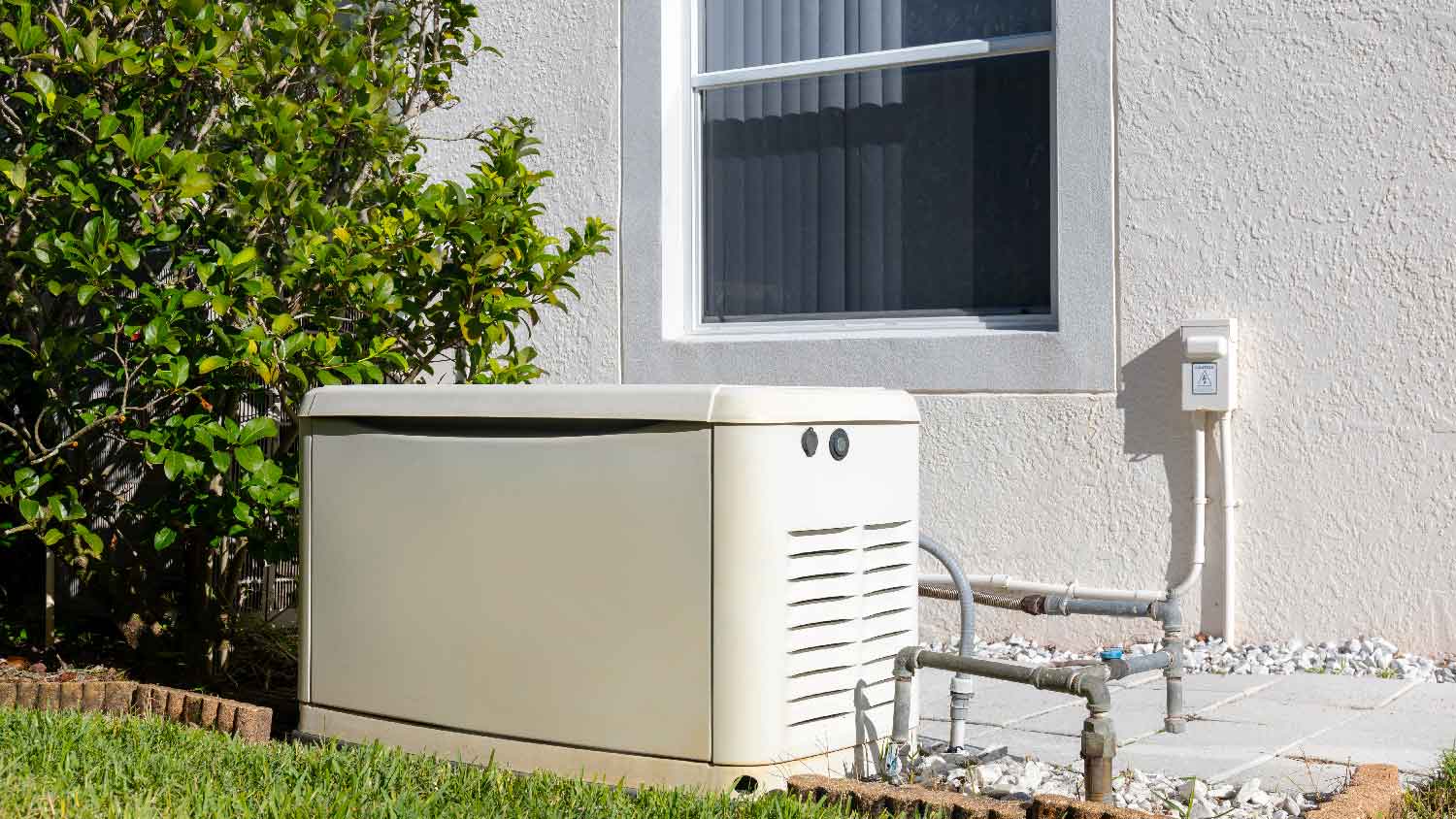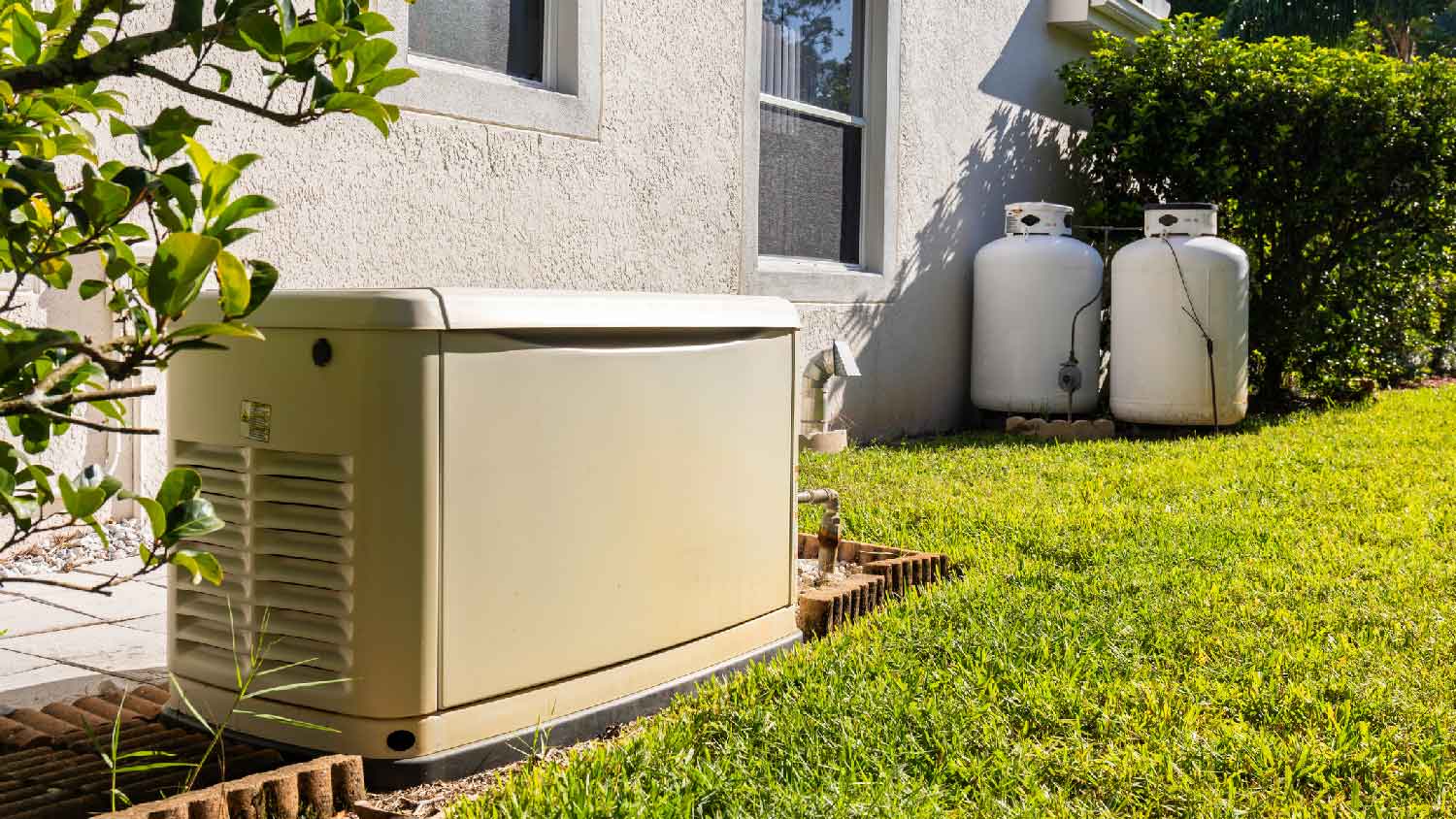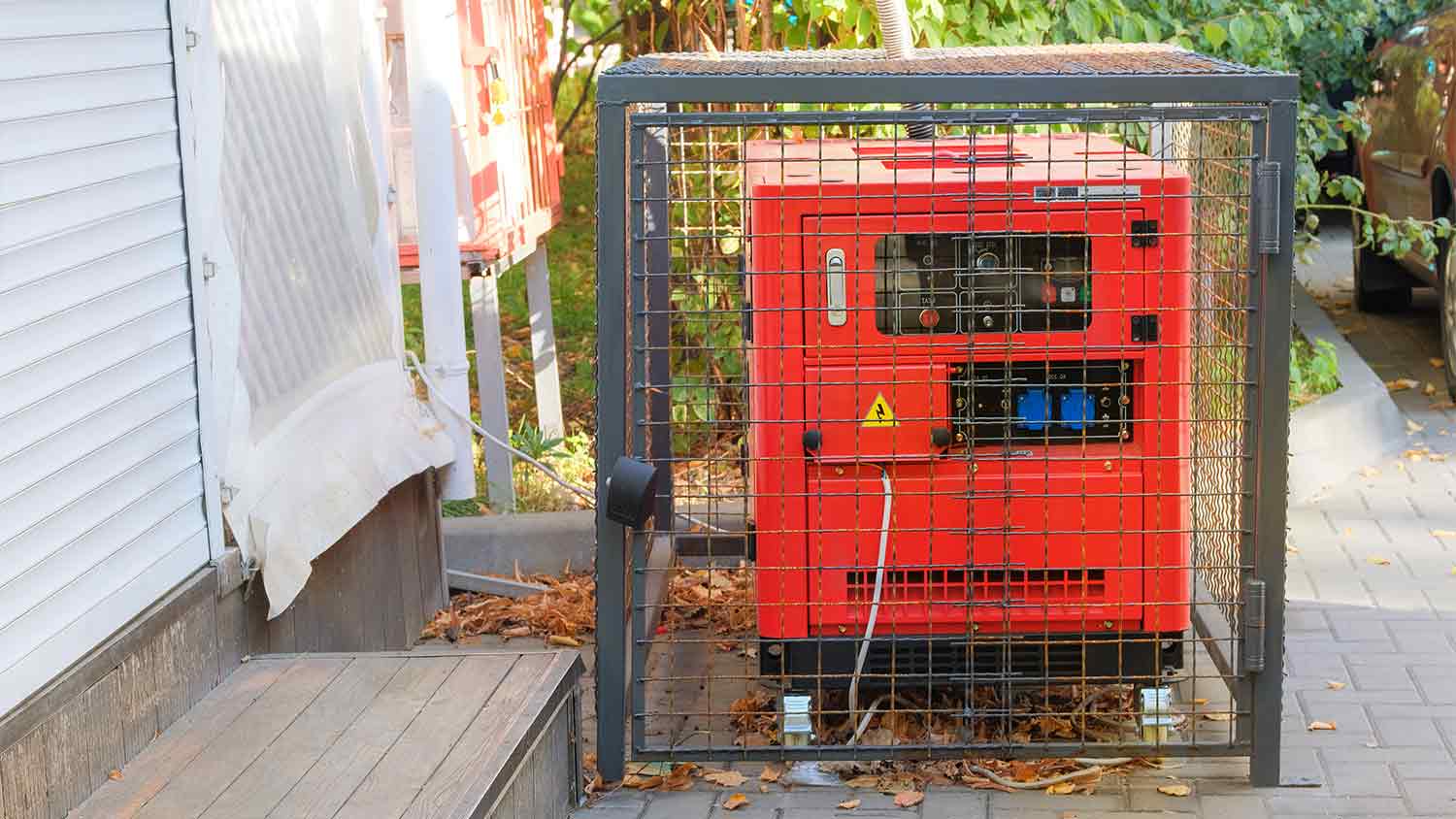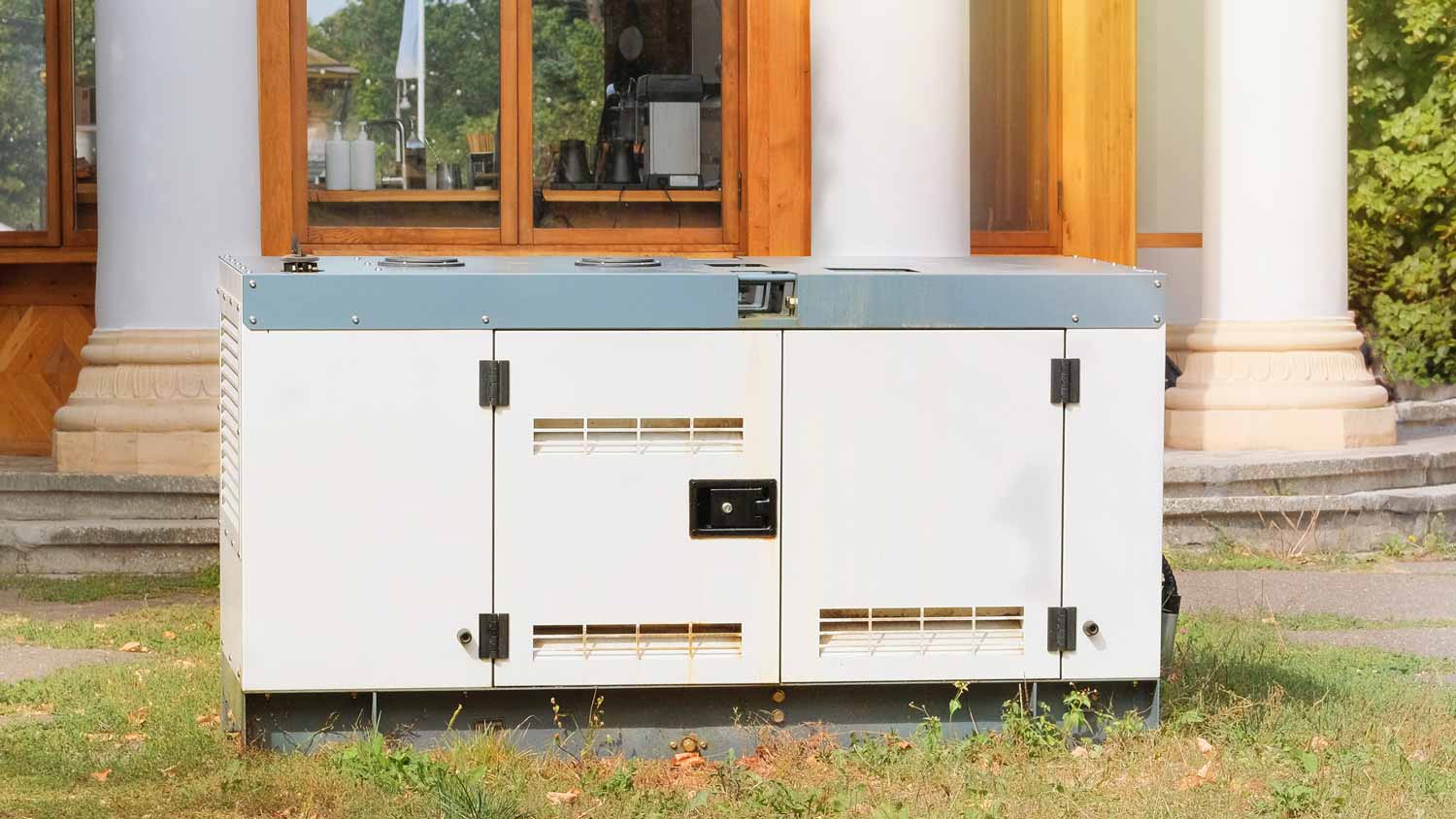Do Natural Gas Generators Produce Carbon Monoxide? A Complete Guide
Learn how to use your generator safely and avoid carbon monoxide emissions


Carbon monoxide is an odorless, colorless gas that can cause harmful and deadly results within minutes of exposure.
Natural gas generators still produce carbon monoxide, though at lower levels than gas and diesel generators.
Never run a generator inside your home or garage and install carbon monoxide detectors throughout your home to stay safe.
If you’re exposed to carbon monoxide, move far away from the source immediately and call 911.
Any generator that runs on fuel produces carbon monoxide—a deadly gas that’s odorless. While natural gas generators produce lower levels of carbon monoxide than other fuel sources, it’s still extremely important to educate yourself on the dangers of carbon monoxide and operate your generator safely.
Read on for more information about carbon monoxide, as well as safety precautions to take when using a natural gas generator.

Do Natural Gas Generators Produce Carbon Monoxide?
Yes, natural gas generators produce carbon monoxide, which is an odorless and colorless gas that can be life-threatening if inhaled. While natural gas produces smaller amounts of carbon monoxide (CO) than other fuel sources like gasoline and diesel, natural gas generators still must be used safely to prevent deadly CO poisoning.
What Is Carbon Monoxide?
Carbon monoxide, or CO, is known as “the invisible killer” because it is a colorless and odorless gas that can kill within minutes of exposure. The Consumer Product Safety Commission reports that more than 80 people die each year due to CO poisoning from a portable generator. For this reason, it’s vital to use your generator safely and respond quickly in the event of carbon monoxide exposure.
Common signs of CO exposure include shortness of breath, dizziness, vomiting, headache, nausea, or weakness, chest pain, blurry vision, and more. The elderly, children, pregnant people, and those with health problems are at greater risk of carbon monoxide poisoning.
Safety Tips for Using a Natural Gas Generator
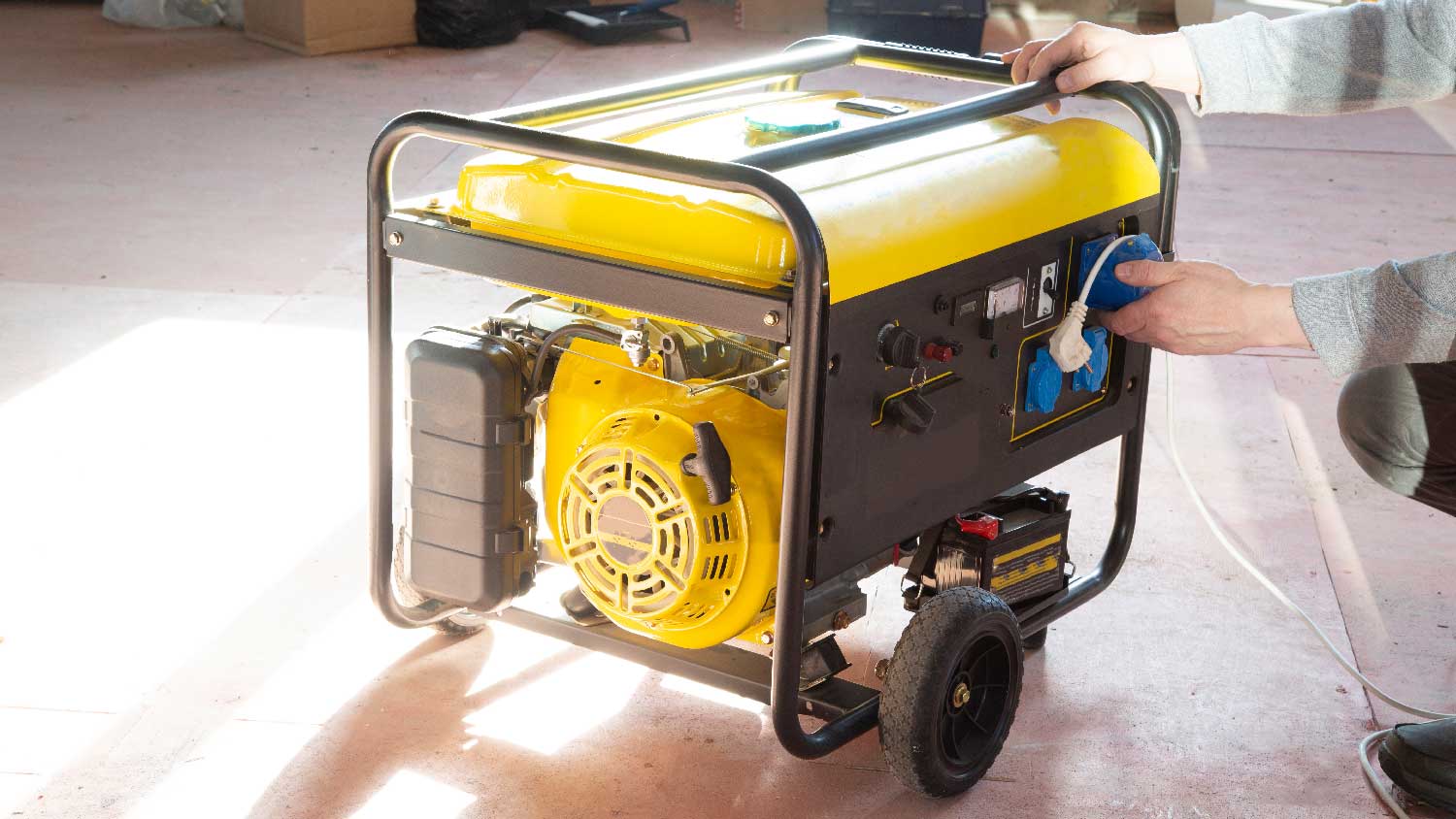
Since carbon monoxide can cause permanent damage within minutes of exposure, using your natural gas generator safely should be a top priority. Here are safety precautions to follow when using portable and standby natural gas generators.
Portable Generators
Never run a portable generator inside a home or garage. Instead, operate your generator outside in a well-ventilated area at least 20 feet away from doors, windows, or vents.
Opt for a portable generator with carbon monoxide safety features. Some generators will automatically shut off when CO levels are high.
After purchasing a generator, read and follow all manufacturer instructions.
Install battery-operated carbon monoxide detectors on each floor of your home.
Test CO alarms each month to ensure they’re working properly.
Educate yourself on the symptoms of CO poisoning.
If you’ve been exposed to carbon monoxide, go outside immediately. Then, call 911 or a local medical service.
Service your generator regularly and make any necessary repairs. Malfunctioning generators can produce higher levels of carbon monoxide.
Standby Generators
Install your standby generator at least 15 to 20 feet away from windows, doors, or vents of your home. Follow manufacturer instructions for specific placement.
After installation, do not build any enclosed spaces (such as a garage or shed) around your generator.
Hire a local general contractor to service your standby generator regularly and make any necessary repairs.
If you suspect that your standby generator has a CO malfunction, leave your home immediately and call 911 or another emergency service.
Frequently Asked Questions
Potential benefits of using a natural gas generator include reducing your carbon footprint, lower likelihood of carbon monoxide exposure, budget-friendly operating costs, and low-maintenance, continuous fuel supply. Some possible drawbacks, though, include higher initial installation costs, dependency on a natural gas supply, and installation complexity. Keep in mind that pros and cons will vary based on the type and brand of natural gas generator.
Carbon monoxide emissions aren’t only dangerous to human life, but they also harm our planet. While natural gas generators emit lower levels of CO than other fuel sources, there are still ways to reduce emission levels. For example, shop around for an eco-friendly generator that complies with current emission standards. Also, make sure your generator is serviced regularly to avoid CO buildup.


